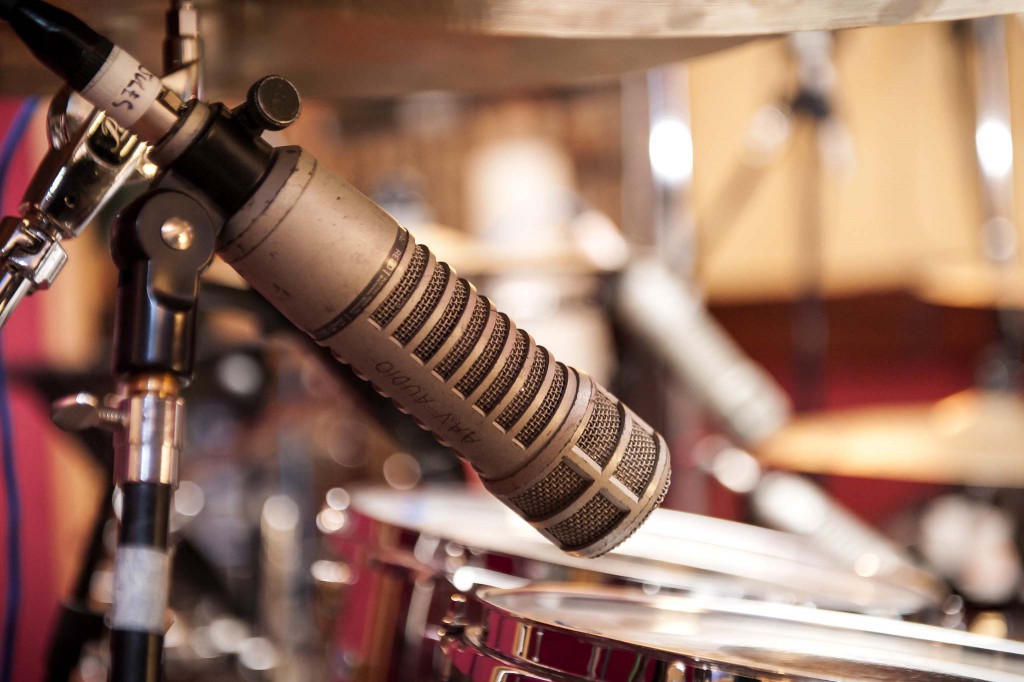

If you don’t play the drums, these passages can help you out with learning and employing simple or more complex grooves. Basic introduction to drum grooves: most drum sample libraries also include rhythmic passages as a source of inspiration or even just operate as drag and drop segments for your track.Having more space in your living conditions by choosing not to purchase a drum kit and instead rely on samples (this could be simply because you’re not a drummer, it may be a heavy expense on your wallet, or this is just your personal preference - it is still ok to have your drum kit AND own drum samples).You’re also able to avoid the upkeep that comes with an acoustic drum kit (tightening/tuning of drum skins, cushions in the bass drum, and any other rugs to dampen or soften the sound of your kit) Simplicity - you don’t need a bunch of microphones to record your real kit when you can just use a sample instead.Access to a variety of different drum samples depending on desired style such as: using jazz brushes, a metal kit with a double pedal, or an electronic drum kit.Using a VST Plugin VS a Real Drum Kit? Advantages In order to connect the two computers, you will need Vienna Ensemble Pro which acts as a sampler to host your samples from your ‘slave’ computer to your main computer.

The more samples you have, the less efficient and longer it will take to work within your DAW, so a lot of industry composers use a slave PC to save on CPU usage. SSDs can be pretty expensive relative to HDDs so if you can only afford one it’s worth weighing up whether you’d rather the sample libraries load faster (external SSD) or if you want the computer, DAW and everything else running quicker (replace internal HDD with SSDįor advanced users: you may also wish to have a ‘ slave’ computer, usually a higher-end desktop PC or Mac where you can run sample libraries from without using your main computer’s CPU.

In order to use VSTs, you will need to have access to:


 0 kommentar(er)
0 kommentar(er)
